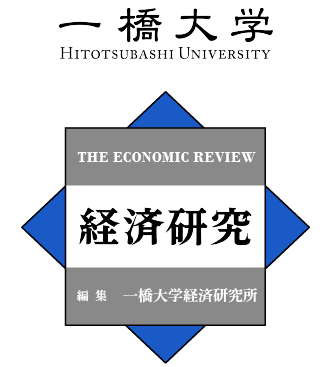Apr. 24, 2020
第1回国勢調査と日本の統計学 --亀田豊治朗による抽出結果の学説史的意義--
Application of Sampling Method to the First Japanese Population Census: A Historical Evaluation of the Sampling Theory and Practice by Toyojiro Kameda
要旨Abstract
本稿の目的は,亀田豊治朗が試みた第1回国勢調査の抽出集計を通じて日本における「統計学の数学化」を検証することである.「統計学の数学化」とは本来国家科学や社会科学として構想されていた統計学が次第に数理科学へと変貌を遂げる過程を指して筆者が定義した概念であるが,1920年前後から「統計学の数学化」を示すさまざまな試みが国際的に顕在化し始めていた.日本においてそれを最も初期に示したのが亀田による個票の抽出集計である.そこで本稿では,標本抽出理論を当該抽出集計に応用し得た背景や「統計学の数学化」をめぐる国際的な研究動向を俯瞰した上で,亀田の抽出理論とそれに基づく抽出集計の意義について評価を試みる.
The main purpose of this paper is to verify that application of sampling method to the First Japanese Population Census is a study presenting “mathematization of statistics” in Japan. The word, “mathematization of statistics” is my special term for analyzing the historical process of statistics. The three problems addressed in this paper are as follows. First, I analyze the common points among various researches concerning “mathematization of statistics” in the world of around 1920. Second, I clarify details on the sampling theory and practice by Toyojiro Kameda, because the application of sampling to First Japanese Population Census was realized by Kameda. Finally, I try to evaluate his contribution to the development of statistics in Japan from the viewpoint of “mathematization of statistics”.
書誌情報Bibliographic information
Vol. 69, No. 2, 2018 , pp. 97-114
HERMES-IR(一橋大学機関リポジトリ): https://hdl.handle.net/10086/29173
JEL Classification Codes: B, C, Y
